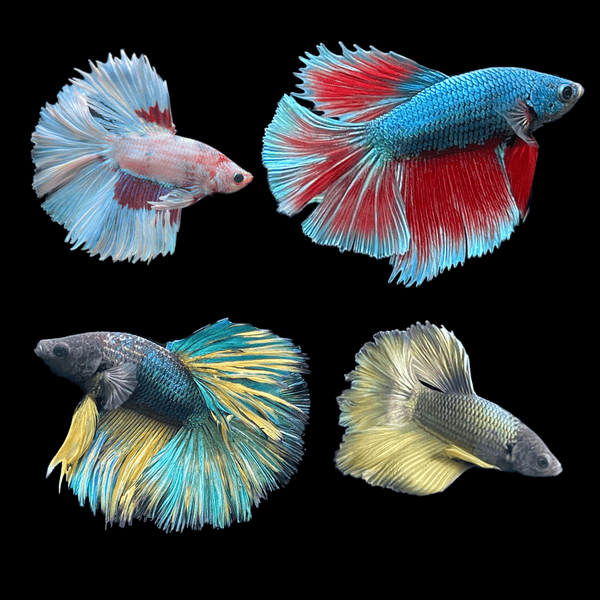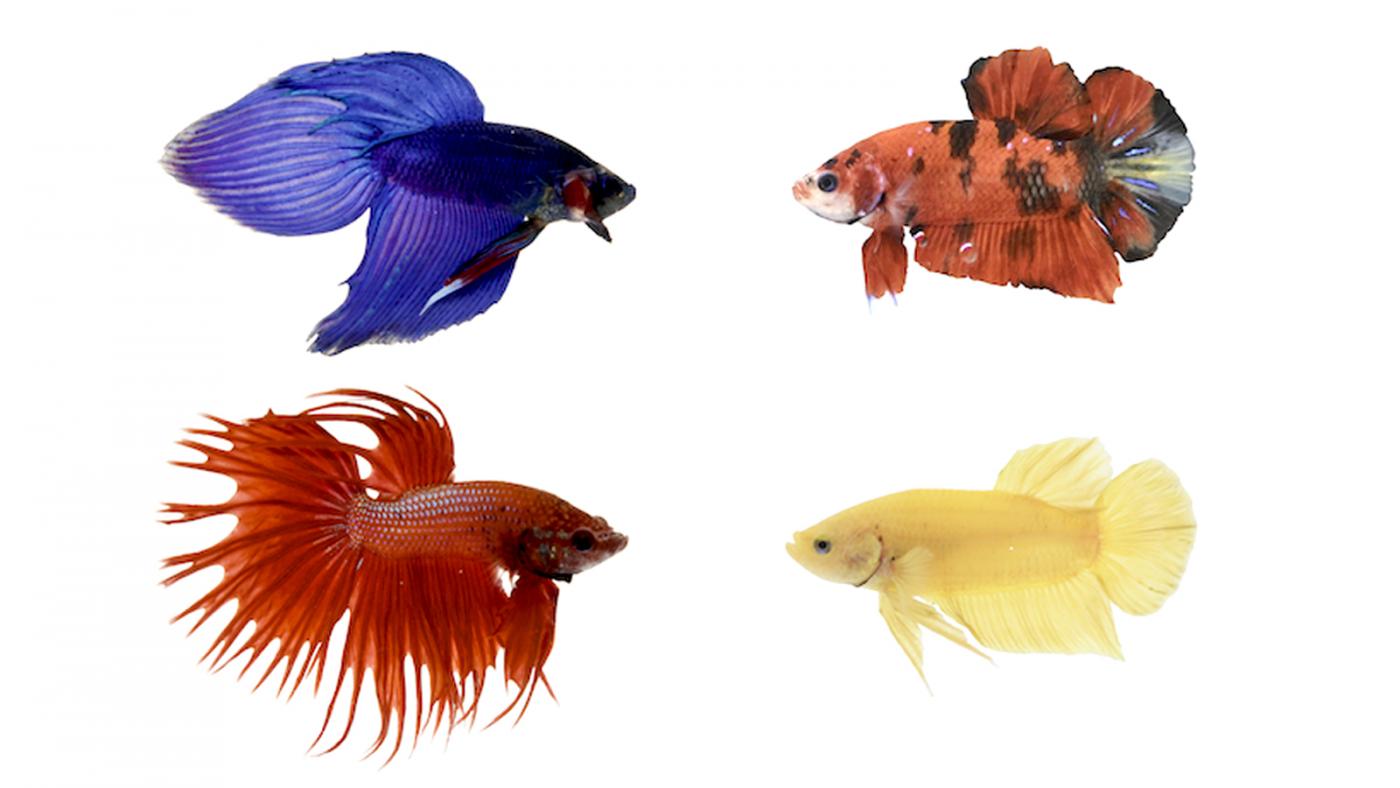Recognizing Betta Fish Actions: What Every Proprietor Needs To Know
Recognizing Betta Fish Actions: What Every Proprietor Needs To Know
Blog Article
All About Betta Fish: Recognizing Their Special Requirements, Habits, and the most effective Practices for Optimal Treatment
Recognizing the one-of-a-kind requirements and behaviors of Betta fish is vital for any aquarist aiming to give optimum treatment. These fascinating creatures, belonging to the warm waters of Southeast Asia, exhibit distinct territorial tendencies and call for specific environmental conditions to grow. From picking the right tank size to recognizing possible health problems, numerous factors dramatically influence their wellness. As we check out these components further, the ramifications for both newbie and skilled fish keepers become significantly noticeable, raising questions regarding exactly how ideal to suit these remarkable fish in our homes.
Betta Fish Introduction
Although often admired for their dynamic shades and moving fins, Betta fish, medically referred to as Betta splendens, are complicated creatures that need details treatment to grow. Originating from Southeast Asia, these freshwater fish are understood for their territorial nature and special actions. Betta fish show sex-related dimorphism, with men presenting much more brilliant colors and longer fins than females.
Their aggressive tendencies, especially among males, require mindful factor to consider when housing them. Bettas are usually kept in single-specimen containers to avoid territorial disputes. They can exist side-by-side in harmony with certain compatible varieties in bigger community tanks, gave the environment fulfills their demands.

To make sure optimal care, aquarists have to comprehend their unique behavior traits, dietary requirements, and environment requirements. betta fish. With appropriate interest, Betta fish can show their vivid personalities and thrive in a well-kept fish tank setting
Natural Habitat and Environment
Betta fish grow in a varied variety of all-natural habitats, primarily discovered in the superficial waters of Southeast Asia, consisting of rice paddies, swamps, and slow-moving streams. These settings are characterized by warm temperature levels, generally between 75 ° F and 82 ° F(24 ° C and 28 ° C ), and a pH degree varying from 6.5 to 7.5, which is optimal for their health and wellness and well-being.
In their natural environments, Betta fish are accustomed to dense plant life, supplying both sanctuary and breeding grounds. The visibility of plants such as floating water lilies and thick grasses not just uses security from predators but additionally adds to the oxygenation of the water, which is vital for their respiratory demands. In addition, these settings commonly have areas of still water, permitting Betta fish to show their all-natural habits such as bubble nesting.
Comprehending the natural environment of Betta fish is vital for aquarium enthusiasts. Reproducing these problems-- with water temperature, pH equilibrium, and the addition of live plants-- can dramatically boost the general health and wellness and long life of these fascinating fish, guaranteeing they prosper in a home aquarium setup.
Social Behavior and Communications
Comprehending the social behavior and communications of Betta fish is vital for successful aquarium monitoring. Betta fish, or Siamese fighting fish, are recognized for their distinct behavioral qualities, characterized largely by territoriality and hostility. Men, find out this here particularly, display very aggressive behaviors in the direction of each other, resulting in the infamous credibility of Betta fish as boxers. In a confined area, 2 men can participate in fierce fights, often resulting in injury or fatality.
On the other hand, women Bettas exhibit less aggressive actions and can exist side-by-side in groups, referred to as sororities, if presented effectively. However, it is important to check their interactions carefully, as power structure and prominence can lead to conflicts. Recognizing the dynamics within a Betta community is important; establishing concealing areas and guaranteeing sufficient room can alleviate hostility.
Furthermore, Betta fish may also display inquisitiveness and social actions towards other varieties. While they can exist together with certain non-aggressive tank friends, it is necessary to select compatible varieties to prevent tension and aggressiveness. Generally, recognizing these social communications is crucial to fostering an unified fish tank atmosphere for Betta fish.
Important Treatment Guidelines
Offering correct care for Betta fish is vital to their wellness and wellness. Routine water changes-- roughly 25% once a week-- help preserve water top quality.
Betta fish need an ideal container size; a minimum of 5 gallons is suggested to provide appropriate space for swimming and hiding. Consist of decors and plants to create a stimulating setting, but prevent sharp things that might damage their fragile fins.

Last but not least, make certain the container is equipped with a filter to keep the water tidy, yet make use of a gentle filter to prevent strong currents that can stress the fish. By following these essential treatment standards, proprietors can promote a healthy and vibrant Betta fish.
Common Wellness Issues and Solutions
In the treatment of Betta fish, recognition of typical health issues is crucial for preserving their wellness. To deal with fin rot, boost water problems and think about making use of a broad-spectrum antibiotic.
One more typical ailment is ich, a parasitic infection defined by white spots on the fish's body (betta fish). Treatment involves increasing water temperature level and adding aquarium salt to the container, as this can help remove the bloodsucker
Swim Continued bladder condition is additionally regularly observed, leading to buoyancy problems. This condition may occur from visit this site overfeeding or irregularity. A fasting duration of 24-48 hours, adhered to by a diet plan of blanched peas, can provide alleviation.
Lastly, bettas may deal with velour disease, suggested by a gold dust-like look on their skin. Therapy usually calls for drug specifically developed for outside bloodsuckers, along with improved tank hygiene.
Routine surveillance of water criteria, keeping a clean atmosphere, and supplying a well balanced diet regimen are crucial preventative measures. By dealing with these health and wellness problems immediately, Betta fish can lead much healthier, extra vibrant lives.
Conclusion
In summary, successful betta fish treatment calls for an understanding of their one-of-a-kind demands and behaviors. Offering an appropriate atmosphere, consisting of proper container size and water conditions, is important for their wellness. In addition, identifying their territorial nature and ensuring adequate concealing places can protect against aggressiveness. Normal tracking of wellness and water high quality, in addition to a well balanced diet, adds to the durability and vibrancy of betta fish. Abiding by these guidelines will foster a thriving marine ecosystem for these captivating creatures.
Report this page